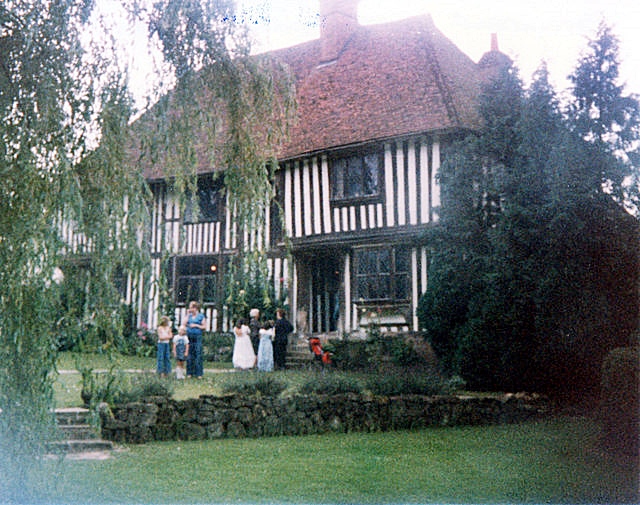Pattyndenne Manor on:
[Wikipedia]
[Google]
[Amazon]
 Pattyndenne Manor is a Grade II* listed
Pattyndenne Manor is a Grade II* listed
 Pattyndenne Manor is a Grade II* listed
Pattyndenne Manor is a Grade II* listed manor house
A manor house was historically the main residence of the lord of the manor. The house formed the administrative centre of a manor in the European feudal system; within its great hall were held the lord's manorial courts, communal meals w ...
located near to the village of Goudhurst
Goudhurst is a village and civil parish in the borough of Tunbridge Wells in Kent, England. It lies in the Weald, around south of Maidstone, on the crossroads of the A262 and B2079.
The parish consists of three wards: Goudhurst, Kilndown and ...
, Kent
Kent is a county in South East England and one of the home counties. It borders Greater London to the north-west, Surrey to the west and East Sussex to the south-west, and Essex to the north across the estuary of the River Thames; it faces ...
. ()
History
This Grade II* listedtimber framed
Timber framing (german: Holzfachwerk) and "post-and-beam" construction are traditional methods of building with heavy timbers, creating structures using squared-off and carefully fitted and joined timbers with joints secured by large wooden ...
house was built by the Pattyndenn family around 1480, it was a home and a place to hold the Manor court
The manorial courts were the lowest courts of law in England during the feudal period. They had a civil jurisdiction limited both in subject matter and geography. They dealt with matters over which the lord of the manor had jurisdiction, primaril ...
proceedings. In the 16th century it was sold to Sir Maurice Berkeley, son of Lord Berkeley and a Standard-bearer
A standard-bearer, also known as a flag-bearer is a person (soldier or civilian) who bears an emblem known as a standard or military colours, i.e. either a type of flag or an inflexible but mobile image, which is used (and often honoured) as a ...
to Henry VIII, Mary Tudor and Elizabeth I
Elizabeth I (7 September 153324 March 1603) was List of English monarchs, Queen of England and List of Irish monarchs, Ireland from 17 November 1558 until her death in 1603. Elizabeth was the last of the five House of Tudor monarchs and is ...
.
Structure
The house is built in the local style known as '' Wealden'', in which parts of the upper storey and sides project as jetties, but the central part, has no jetties and thus gives the appearance of being recessed. The central part contains the hall, which would originally have been open to the roof. At Pattydenne the upper storey rests on four moulded and chamfered corner posts and the jetties project from all four sides. The layout of the house remains largely unchanged, except for the addition of a tiny kitchen wing in around 1600. In 1890 a small extension was added to accommodate a new staircase. The house contains a banqueting hall and a 13th-century prison.Recent events
This house is open to the public.References
External links
Pattydenne Buildings and structures in the Borough of Tunbridge Wells {{Kent-struct-stub